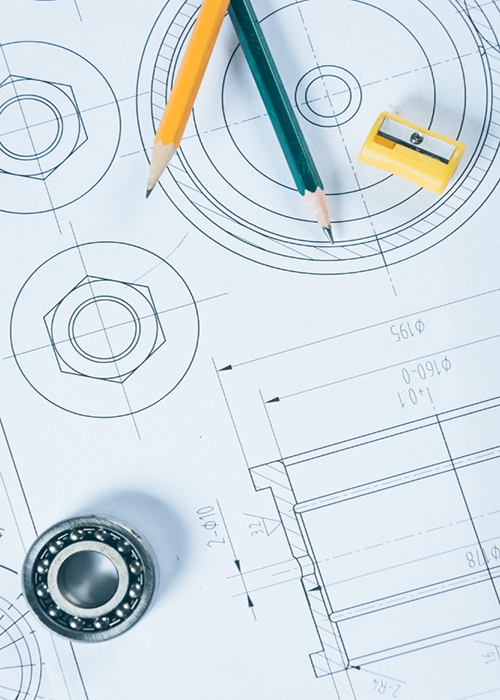Professional Center for Culture and Art Education

Geometry of Traditional Patterns
Symbols are the expressive language of every culture and civilization, rooted in its history.
By examining designs and motifs found in prehistoric caves, we glimpse the artistic instinct of early humans, who often imitated nature and their surroundings, creating innovative and abstract patterns.
These designs were mostly ritualistic, satisfying the worshipful nature of humans, who sought to dominate nature and enemies through their art. Depictions of hunted animals in their paintings reflect their desire to assert superiority over other creatures.
Early human designs show no decorative or aesthetic intent; this aspect emerged later in the artist’s journey.
Initially, humans focused on functionality, using design as a tool to express thoughts, beliefs, and customs.
Design became a means of communication, evolving over time into the invention of writing. Design is a living language that reveals the inner emotions and spirit of the artist, enabling easy communication with others.
Design is a means of expression; the designer conveys feelings, thoughts, ideas, or realities through design, allowing others to understand them.
Conversely, through design and its features, one can discern the art, thoughts, and emotions of the designer.
Undoubtedly, the power and ability to design are divine gifts, and through passion, dedication, and effort, the designer leaves enduring works behind.
Throughout history, art has emerged in various forms.
One category includes arts shaped by the principles and traditions of specific regions, known as traditional arts.
What breathes life into an artwork is its design and structure. Traditional arts are also based on traditional designs (geometric and traditional motifs).
This course teaches the drawing and composition of arabesque, khatai, and natural motifs, with a variety of floral and leaf designs under geometric principles. Learning traditional designs is fundamental for students in art disciplines, especially Iranian arts such as handicrafts, carpets, miniature painting, and even painting and graphic design. The goal is to familiarize students with traditional designs, which form the foundation of arts like illumination, miniature painting, gilding, wood carving, metal engraving, and carpet design.
